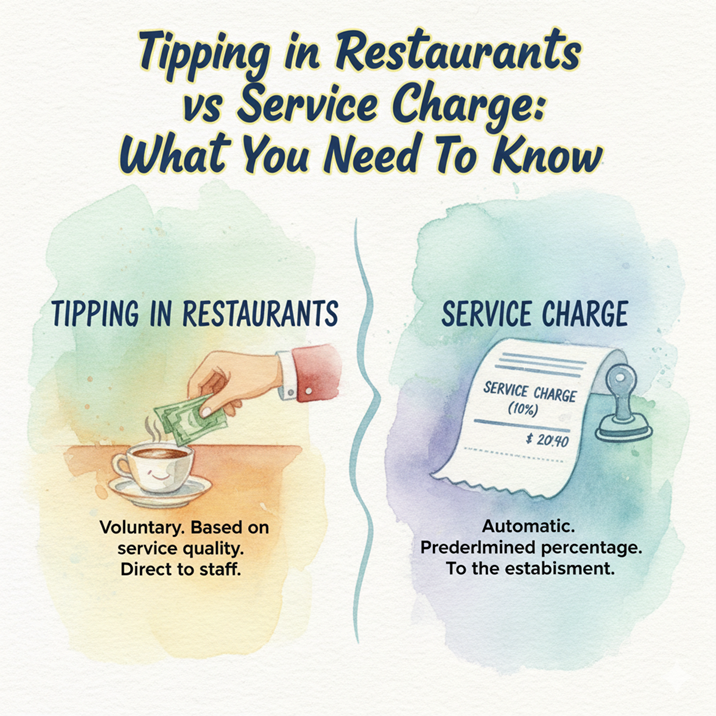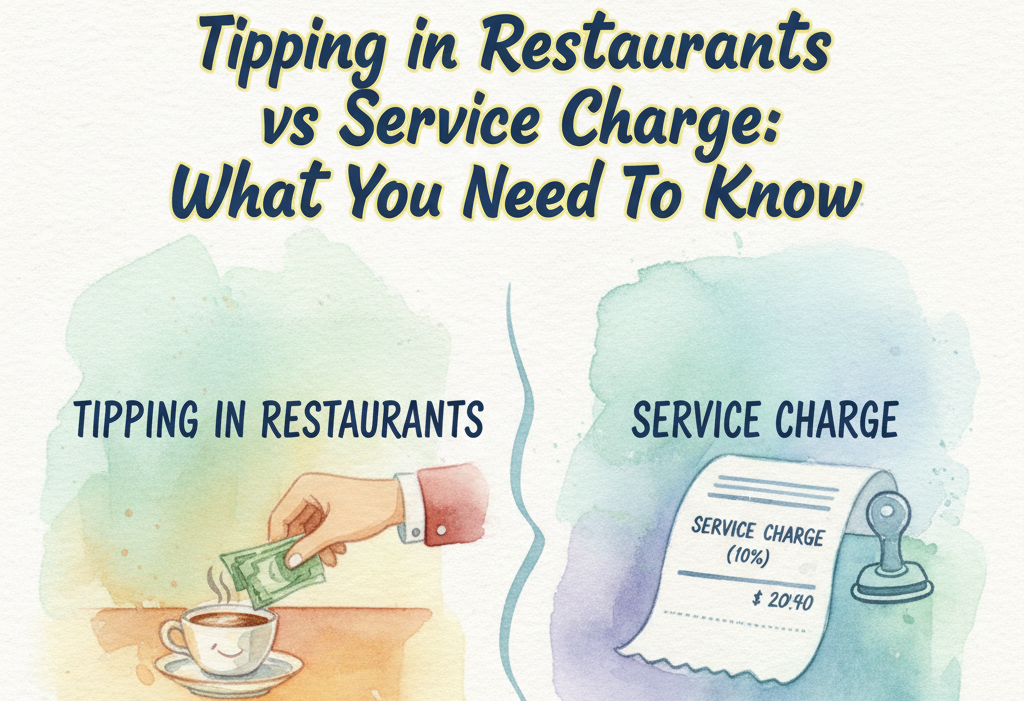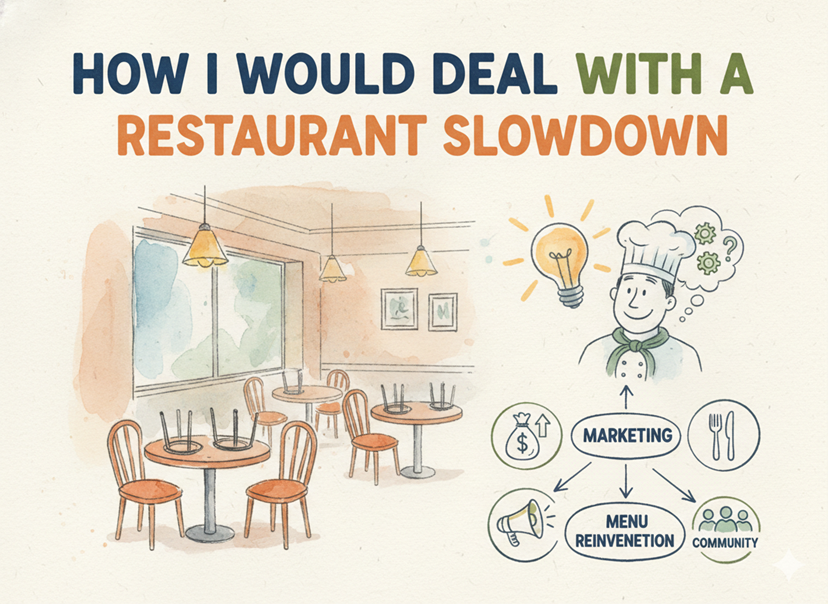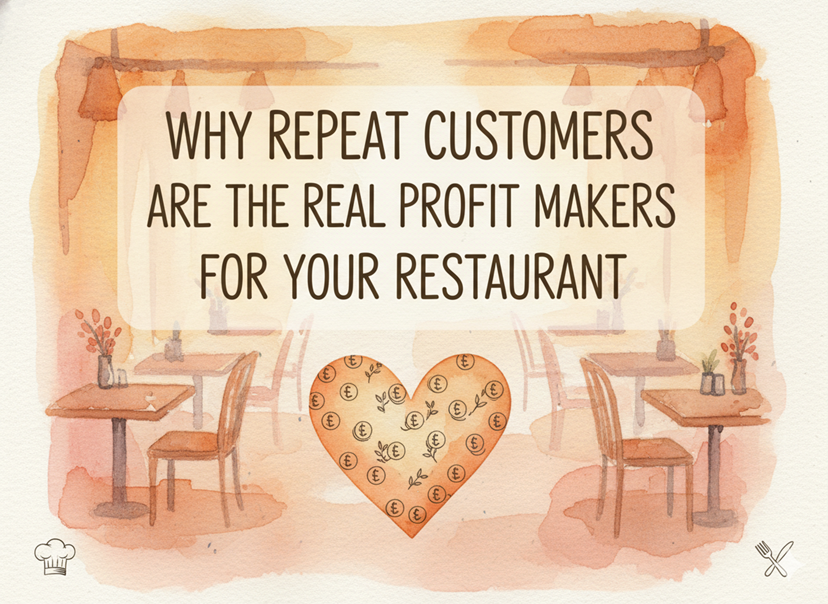When it comes to rewarding your staff, there are two common ways: tipping in restaurants and applying a service charge in restaurants. Both sound similar, but they work very differently. If you’re unsure which one is better for you and your team, you’re not alone. Many food businesses in Malaysia are still figuring out how to handle this. Let’s break it down clearly so you can make the right choice.
What is a Service Charge in Restaurants?
A service charge in restaurants is an extra fee added to the customer’s bill, usually around 5% to 10% of the total amount. For example, if a customer spends RM100, and your restaurant has a 10% service charge, the bill will automatically include an extra RM10.
This money is collected by you and then distributed among the staff. Some businesses give it out monthly, while others share it at the end of each shift. The exact distribution depends on your internal policy, which means you decide how the gratuity for restaurants is divided.
In Malaysia, service charges are quite common in hotels and mid-to-high-end food outlets. According to the Malaysian Employers Federation, most hotels collect a 10% service charge, which is then pooled and divided among employees.
What Are Tips?
Tips are voluntary payments given directly by customers to the staff. This is usually in cash, but with digital payments becoming common, customers also tip through e-wallets or card transactions. Tips can range from just a few ringgit to RM50 or more, depending on the bill size and how satisfied the customer feels.
Tips are not fixed. Some customers may give generously, while others may leave nothing at all. Because of this, staff who rely only on tips may face income instability. For you, it means less control over how much extra your staff can actually take home.
Key Differences Between Service Charge and Tips
The most important difference is that a service charge is part of the bill, but tips are entirely up to the customer.
Another difference is control. With tips, customers decide who gets the money, usually the server. With a service charge, you decide how it is shared among the team. This includes not only servers but also kitchen staff, cleaners, and others who play a role in delivering good service.
There’s also the question of consistency. Service charges give a predictable amount that you can distribute fairly. Tips, on the other hand, are unpredictable. Some days may bring in high tips, while other days bring very little.

Pros and Cons of Service Charge
Service charge in restaurants has the clear advantage of being consistent. Your staff know they will get something extra with every bill. This makes their income more stable and reduces stress. As a result, it may also help you with staff retention.
Another benefit is fairness. When you distribute the service charge among all staff, everyone gets rewarded, not just the servers. Your kitchen team, who work hard behind the scenes, also benefit. This can improve teamwork.
However, there are also downsides. Some customers may feel unhappy about paying an extra fee. They may feel like they are forced to tip, which can affect their perception of your place. If not explained well, this could lead to negative reviews.
Pros and Cons of Tips
Tips give customers the freedom to reward staff as they like. This can motivate staff to give better service since they know a smile, good attitude, and quick response can result in more money.
Another advantage is that customers often see tipping in restaurants as more personal. They feel like they are directly thanking the staff.
But tips also bring problems. Since they are voluntary, they are unpredictable. According to a survey by Rakuten Insight in 2023, only about 23% of Malaysians said they tip regularly. That means most of the time, staff cannot rely on tips for extra income. This instability can cause frustration for your workers.
There is also the issue of fairness. Most tips usually go to front-of-house staff like waiters, while kitchen staff, dishwashers, or cleaners rarely get anything. This can create an imbalance and even conflict among the team.
How Service Charge and Tips Impact You and Your Staff
If you apply a service charge in restaurants, you gain more control. You can decide how to split the gratuity for restaurants among all staff fairly. For example, 40% goes to servers, 30% to kitchen staff, and 30% to support staff. This makes sure that everyone benefits from good service.
Tips, on the other hand, leave control in the customer’s hands. A server may walk home with RM200 on a busy Saturday, while the kitchen staff who worked just as hard may walk away with nothing extra. For you, this imbalance can create tension and affect teamwork.
At the same time, you also need to consider how customers view it. Some people may prefer a lower bill with the choice to tip if they want, while others may appreciate the simplicity of an all-inclusive service charge.
Finding the Balance
There’s no one-size-fits-all answer. Some businesses use only tips, while others rely only on service charges. In Malaysia, many places use a mix, adding a small service charge and still allowing customers to give tips if they want. This balance can sometimes work best, as it ensures staff receive something extra while also allowing customers to express their appreciation directly.
Whichever system you choose, the most important thing is to be transparent. Make sure your customers know whether the service charge goes to staff and how it is used. Also, be clear with your team about how the money is shared. This builds trust on both sides.
Tipping in restaurants and service charges in restaurants may seem like two sides of the same coin, but they bring very different outcomes for you and your staff. Service charge gives stability and fairness, but may frustrate some customers. Tips feel personal but are inconsistent and often unfair to the back-of-house team.
The choice depends on what works best for your setup, your staff, and your customers. What matters most is creating a system that rewards your team fairly and keeps your customers happy.






